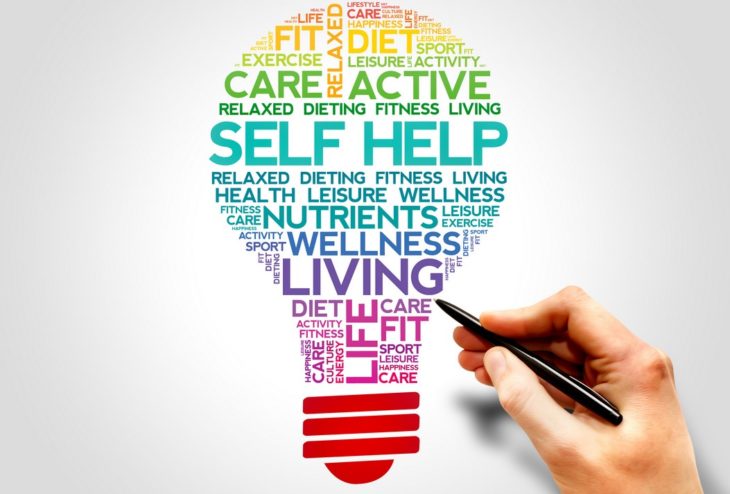Since I’ve just marked my 30th year on this planet, I’ve lately found myself reflecting on my life. As it stands now, I’m in love with a man who freely admits he’s pretty nuts about me too, I’m lucky enough to be translating my passions into (albeit meager) paychecks, I volunteer, I vote. All good stuff, the hallmarks of a person who has her life together.
The thing is, I never thought I’d live this long. Having a perfect storm of prerequisite issues that aided in the devaluing my own life, it wasn’t too long ago that I was swinging madly between maladaptive behaviors. I didn’t eat. I couldn’t sleep. I thought a lot about killing myself. I was hospitalized several times during my college years. Despite all the hospitalizations, the awkward post-hospitalization meetings with the Dean of Students, and the weekly meetings with my therapist, I was unable to discuss the problem I kept well-hidden.

Source: Public Discourse
I was a cutter.
Despite the number of opportunities I had to discuss it, I was ashamed. I wore long-sleeved shirts, even through the humid summer months, so that no one could see what I was doing to myself. Whenever I was overwhelmed (which was often), I would retreat somewhere to privately mutilate myself. It would anchor me, give me time to catch my breath. For a few blissful moments, the storm in my head would calm and I would feel more in control. It never lasted, though. Soon after cutting, I would be flooded with feelings of guilt and shame. Which made me want to punish myself for being so stupid and weak.
Wash, rinse, repeat.
Cutting is not unlike any other addiction, and to be clear, cutting wasn’t about wanting to die. I had a whole cache of ways in which I could kill myself, and none of them involved cutting. To the contrary, it was more about gaining control over the overwhelming feeling of wanting to die.

Source: EACH Counselling
As is the case with many people who struggle with self-harm, I had a pretty rough childhood. My mother, for example, was the kind of monster most people read about but can’t ever understand. Both an addict and mentally ill, my mother’s lessons on how to behave were usually punctuated by some sort of hysterical violence. I can remember sitting in the front seat of the car when my mother became angry at the car in front of her. To vent her frustration, she put out her cigarette on my arm. Years later, submerged in the half-consciousness of painful memories and trying to regain my focus, I found myself repeating the action on myself. It was almost cliché.
Eventually, it was that realization that helped me to stop hurting myself. My mother was sick. I didn’t want to be like her. After years of therapy, I was better able to recognize the distinction between reality and my mother’s perception of reality. It helped, and I don’t cut any more. It takes work, though. A lot of work. I also cannot adequately emphasize how important it is to have a therapist who is both smarter and more acerbic than I am, so that someone I respect calls “shenanigans” on me every time I convince myself that I’m not worth the effort.

Source: Mental Floss
The scars, however, remain. To this day, when I’m in the doctor’s office, I tell the nurse that my blood pressure and pulse are far easier to read when checking my right arm. It’s a lie, of course. I just don’t want people to look at my left arm. It’s covered in scars, visible proof of all that I have been and all that I am. When people notice, they either pretend they didn’t and turn away, or they’ll ask questions I don’t want to answer. Knowing that most people ask with good intentions, I answer in vague euphemisms:
“I almost drowned. But I managed to pop my head above water again.”
Original by
